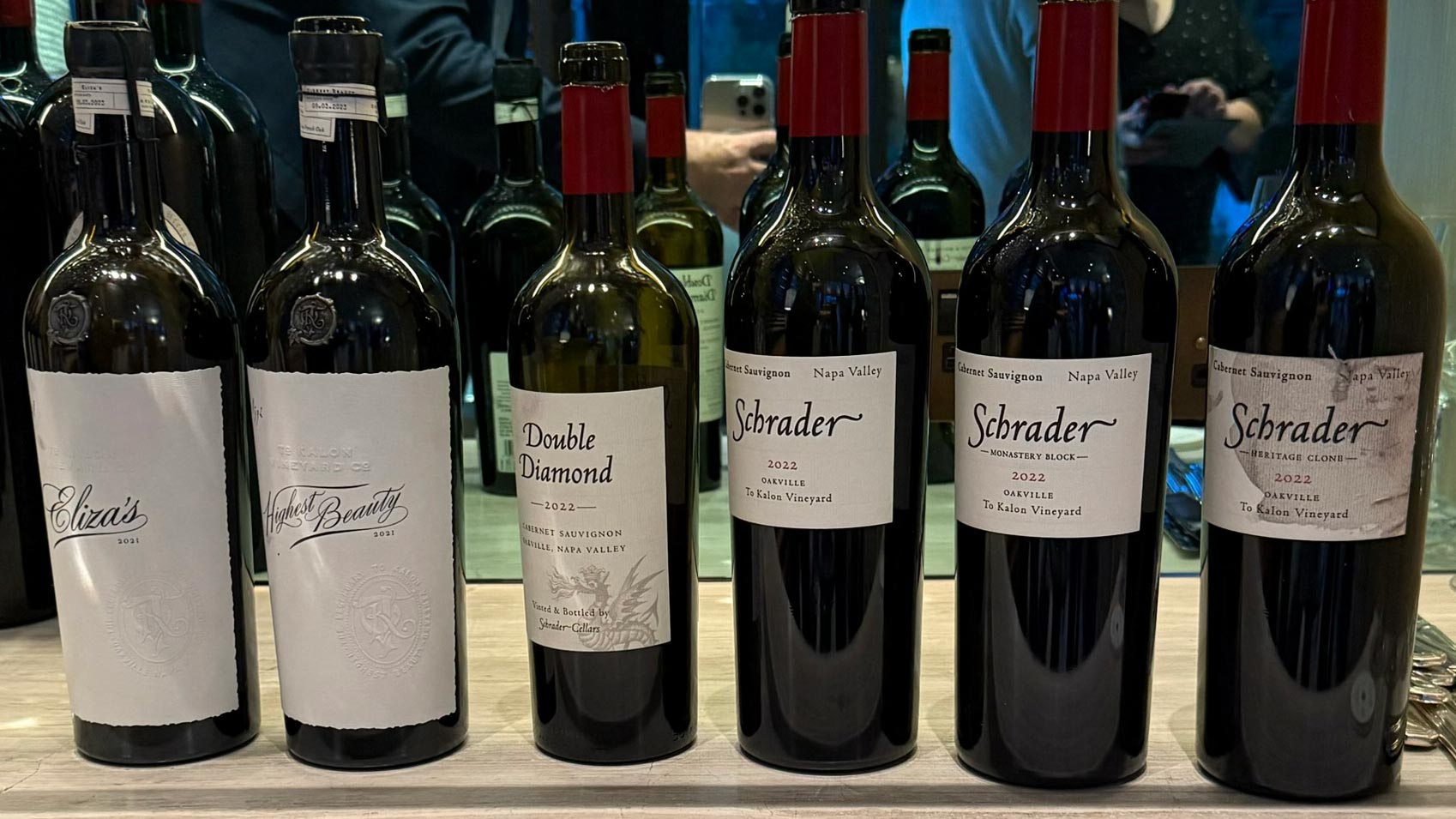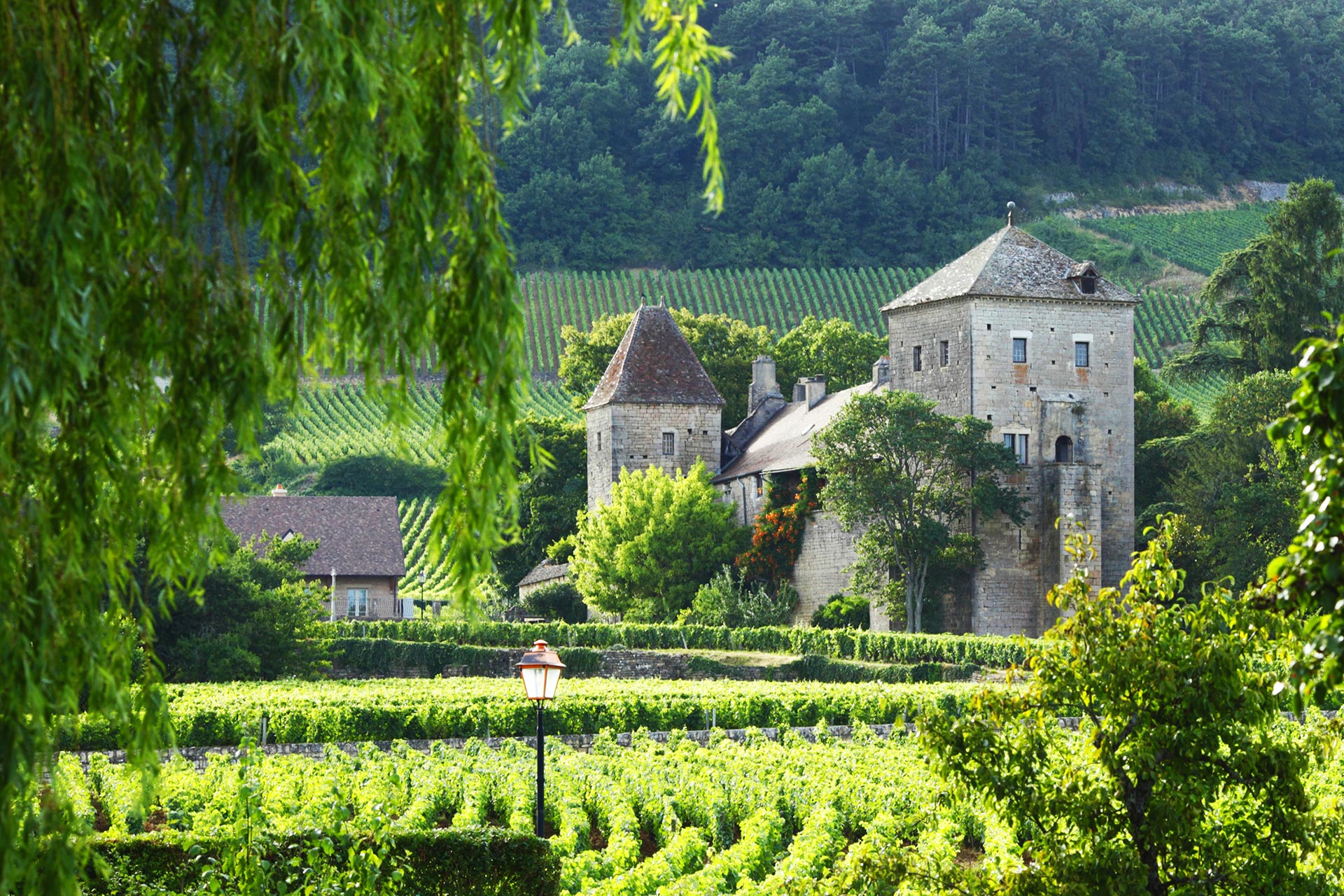SEO for Wineries: Boost Your Vineyard’s Online Visibility and Reservations 🌱🍷
In today’s digital world, a stunning vineyard or exceptional wine at your winery isn’t enough—people must see you online first. SEO for wineries is the art and science of ensuring your vineyard ranks high when curious wine lovers search for tastings, purchase options, or vineyard-getaways nearby. Done well, SEO not only brings visitors in but increases reservations, wine club sign-ups, and direct-to-door sales. Here’s a comprehensive, 800–1,000 word guide to mastering SEO for wineries and growing your digital presence.
1. Build a Robust Foundation: Website Structure and Technical SEO 🏗️
Everything starts with a well-built website—your virtual tasting room, storefront, and tour desk in one place.
- Clean site architecture: Organise pages by category—homepage, about, wines, wine club, tasting experiences, events, blog, contact, online shop. Keep navigation logical and intuitive.
- Mobile-first design: Many wine tourists research and book tastings from their phones. Ensure responsive design, fast load times, and mobile-friendly buttons.
- Technical essentials:
- Use HTTPS security to show trust.
- Add an XML sitemap and submit it to search engines.
- Ensure site speed is optimized—compress images, streamline code, and use caching.
- Use structured data (Schema.org) for events, reviews, products, vineyard tours, and local business information.
These steps lay the groundwork for effective seo for wineries, making your site visible and beloved by search engines.
2. Keyword Research: What Are Wine Lovers Searching?
Keywords are the foundation of seo for wineries—they tell you what your audience is looking for and how to respond.
- Start broad: “winery near me,” “vineyard tours [region],” “buy wine online [region].”
- Drill deeper: “organic vineyard holidays,” “private wine tasting [town],” or “Pinot Noir estate tasting.”
- Prioritize location-based terms—winery SEO is hyper-local. Phrases like “[Your Region] vineyard tour” will bring in serious, book-ready visitors.
- Add long-tail considerations: “family-friendly winery with picnic area” or “wheelchair-accessible wine tasting.”
Tools like Google Keyword Planner, Ahrefs, or SEMrush can show search volume and competitiveness. Choose mid-volume terms with clear booking intent to drive valuable traffic.
3. On-Page Optimization: Infuse Keywords Thoughtfully
Once you know what people search, it’s time to align your pages and copy.
- Page titles: E.g., “Chardonnay Tasting Experience | [Your Vineyard] in [Region]”
- Meta descriptions: “Join our award-winning Pinot Noir vineyard tour just 30 mins from [City]. Book your booking today.”
- Headings (H1, H2, H3): Use straightforward structure, e.g., H1 is the page’s title; H2s break out services; H3s handle details.
- Body content: Naturally incorporate SEO for wineries—wine experiences, wine shop, wine club, tasting notes—without overstuffing.
- Image alt text: Describe the image and context (“sunset over organic vineyard in [Region]”).
- URLs: Keep them short and keyword rich—e.g., /tours/private-winery-experience.
Good on-page SEO helps search engines understand and trust your winery’s relevance for target terms.
4. Local SEO: Be the Vineyard in Your Region Everyone Finds
Local SEO is vital when people hunt for tasting experiences nearby.
- Google Business Profile (GBP): Claim your listing, verify it, and keep details accurate (hours, phone, address). Add photos, winery posts, and reply to reviews.
- Citations: Ensure your winery appears consistently on platforms like Yelp, TripAdvisor, Wine-Searcher, Vivino, and regional tourism sites.
- Geo-targeted content: Write blog posts or pages like “Best Picnic Spots at [Vineyard Region] Vineyards” or “[Region] Wine Trail Map Download.”
- Location pages (if you have multiple estates): Each location should have its own optimized page with unique content, events, and images.
- Encourage reviews: Invite guests to leave feedback on Google, TripAdvisor, and Facebook. Prompt happy visitors with gentle follow-ups.
Mastering local seo for wineries ensures your vineyard captures the local tourism and reservation traffic that matters most.
5. Content Marketing: Cultivate Authority & Attraction
A blog can be your vineyard’s storytelling platform, enriching seo for wineries with fresh content that brings wine-seekers to your doorstep.
Ideas for posts:
- Vintage Updates: “2025 Harvest Notes from [Estate Name] in [Region]”
- Pairing Guides: “How to Pair [Your Label] with Local Cheese and Charcuterie”
- Vineyard Lifestyle: “Meet Our Winemaker: The Woman Replanting Our South Slope”
- Event Invitations: “Live Music in the Vineyards: Summer Solstice Event”
- Wine Education: “Why Terroir Matters: Our Unique Gravelly Soil Explained”
Each blog should include local and vineyard-related keywords, outbound links (e.g., to region tourism), and internal links to related services. Social-shareable content builds both SEO and booking potential.
6. Backlink Building: Grow Your Vineyard’s Reputation
Quality backlinks signal authority and relevance to search engines—especially for local SEO.
- Wine publications: Pitch stories about your sustainable practices, wine festival involvement, or winery milestones.
- Local media: Engage your region’s tourism office or regional food & wine blogs. Send press releases for events and milestones.
- Tourism partnerships: Contribute vineyard insights or guest blog for local travel agencies, accommodations, or food guides.
- Influencer visits: Invite wine writers and travel bloggers for tastings—when they write about the experience, you earn high-value backlinks.
Strong backlinks are a pillar of successful seo for wineries, increasing rankings and referral traffic.
7. Technical & Performance Tracking: Keep Optimizing
Once your SEO engine is firing, continuous monitoring ensures growth—and quick problem-solving.
- Install Google Analytics and Google Search Console to track impressions, clicks, bounce rates, and indexing issues.
- Use Moz Local or BrightLocal to monitor local rankings and citation consistency.
- Keep an eye on speed with tools like Google PageSpeed Insights and use optimizations like lazy-loading, caching, and image compression.
- Monthly review your blog and keywords—identify pages dropping in traffic and refresh them with new information, testimonials, or photos.
SEO is a marathon—not a sprint. Regular watchfulness ensures long-term growth in seo for wineries.
8. Conversion Optimization: Turn Visitors into Guests
Traffic is great—but bookings and wine sales pay the bills.
- Strong CTAs: Use clear buttons like “Book Tasting,” “Join Wine Club,” and “Shop Wines” on site pages and blog.
- Chat/Live Booking Tools: Add instant chat support for quick visitor questions and bookings.
- Email Capture: Offer lead magnets like free tasting guides or 10% club discounts in exchange for email addresses.
- Thank You Pages: After booking, encourage visitors to explore more—suggest wine-pairing tips, club memberships, or Instagram follow-ups.
Optimising conversions is essential to seo for wineries—it transforms visibility into revenue.
Final Sip
Unlocking the potential of seo for wineries is about weaving quality, location, and conversion-focused strategies into your online presence. From technical groundwork and keyword‑rich content to local visibility, backlinks, and conversion tools—this guide gives you a vineyard-ready SEO plan that draws visitors, builds trust, and drives bookings.
Need help building a content calendar, setting up your blog, or optimizing your booking system for conversions? I’d love to craft a bespoke SEO strategy tailored to your vineyard and your unique growth goals. Cheers to attracting more visitors—and filling more glasses—through smart SEO!



